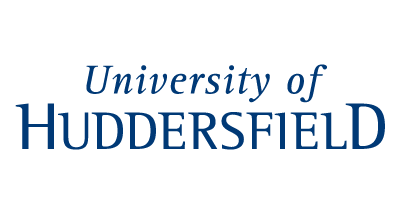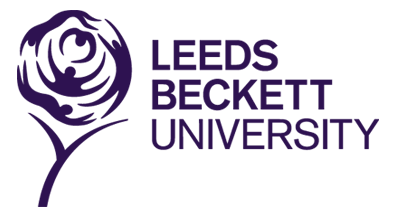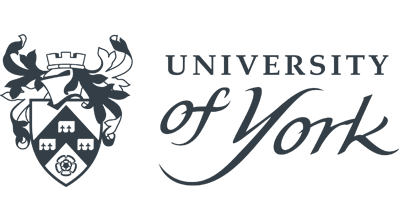Date published: 08/10/18

Using Artificial Intelligence to diagnose eye disease
- Name: Ismael Tahir Fadl
- Current Organisation: University of Bradford
In May, Translate opened its summer student project scheme to support small medical technology development projects in the Leeds City Region. The scheme proved to be a massive success and 26 unique projects were funded. Learn more about their work in this blog.
My name is Ismael Tahir Fadl, and I have recently completed my undergraduate degree in Clinical Technology at the University of Bradford. Having a strong interest in medical science, mathematics, physics and technology, I always wanted to combine this knowledge to help detect, diagnose and treat several diseases.
Summer Project
Some eye diseases if not detected and treated early, such as infectious keratitis (bacterial, viral, fungal or parasitic), will dramatically alter vision, generate severe complications and may induce blindness.
With support of Dr. Mansour Youseffi, Prof. Rami Qahwaji from University of Bradford and ophthalmologists at Manchester Royal Eye Hospital lead by Mr. Arun Brahma, consultant ophthalmologist, I had the opportunity to develop my undergraduate final year project.
The aim of the project was to develop a software using artificial intelligence (AI) based methods to identify fungal presence in acquired corneal confocal microscopy images. To provide an intelligent approach that can detect and promptly diagnose fungal corneal infection early saves an important amount of time for ophthalmologists and clinicians. Also, as response to treatment can be difficult to assess using clinical examination alone, the developed system can help the clinicians to make the diagnosis and then start the correct treatment quickly.
The performance evaluation of the system was carried out by comparing the automatic with the manually traced method, where the automatic system detected the most suspected hyphae (fungal filaments).
As a result, our work with Manchester Royal Eye Hospital has shown its clinical usefulness, demonstrating remarkably high efficiency and reliability.







